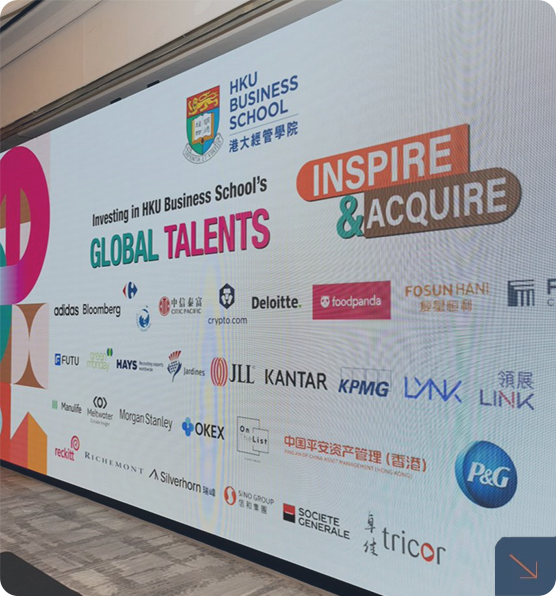中澳两国之间的贸易矛盾越演越烈,有评论认为中国不应在与美国纠缠之际四面树敌。但鉴于美国奉行「美国优先政策」,中方相信就算中澳贸易战开打,美国绝对会袖手旁观。故中国希望借此揭露穿美国的虚伪,让西方国家认识到为他人火中取栗的失策。

3917 5665
KK 1225
莱尼和妻子在家中受歹徒袭击,妻子被奸杀,莱尼脑部受伤,康复后人生目标只有一个:找到凶手,为妻子报仇。无奈他患上短期失忆症,只能记得刚刚几分钟发生的事,其余就忘得一乾二净,又怎能追查凶手的线索?他住在某个汽车旅馆,但记不起入住的来由;有些人在帮他,他却不记得见过对方,也不敢完全信任他们。 这就是电影《凶心人》(Memento)的情节,内地译名为《记忆碎片》,台湾则译作《记忆拼图》。电影发行于2000年,导演是后来声名大噪的基思杜化.路兰,当时刚出道不久,已有不同凡响的表现。全片采用独特的片段式倒叙手法,呈现剧情的来龙去脉──英雄孤军作战,最终克服困难,实现人生目标;听来骤似老套,但其实别有深意。
We study the value of commitment in a business environment that is both competitive and uncertain, in which two firms face stochastic demands and compete in positioning and repositioning. If the future demand tends to disperse or the demand uncertainty is sufficiently large, one firm chooses rigidity (i.e., commits not to change its positions), and the other chooses flexibility (i.e., to reposition freely). We find that a firm’s rigidity can benefit not only itself, but also its flexible rival. When uncertainty is larger, rigidity becomes more valuable relative to flexibility. These results arise because the asymmetric equilibrium generates two collective gains in addition to the usual individual gain (in terms of competitive advantages) accrued to the committing firm. A firm’s rigid repositioning can soften competition and generate a commitment value, and the other firm’s flexible repositioning generates an option value. Both values then spill over to competitors within the ecosystem. These results suggest that, when firms compete under uncertainty, commitment and options are valuable not only for the party that is making the choice, but also for all competing parties collectively. Commitment value and option value do not have to be mutually exclusive; they can coexist and even strengthen each other through unilateral commitment, which achieves the best of both strategies.
新年伊始,兩家電力公司提高電費,引起公眾普遍關注。電力市場為什麼需要管制,以及價格管制的兩種基本模式有何利弊,筆者上周已在本欄論述。電力供應的穩定與安全至關重要,特區政府的能源政策又須兼顧環保,在未來幾年將大幅提升發電燃料中天然氣的比例,在此大前提之下,新的《管制計劃協議》繼續採用回報率機制,亦在情理之中。
We study how vertical market structure affects the incentives of suppliers and customers to develop a new input that will enable the innovator to replace the incumbent supplier. In a vertical setting with an incumbent monopoly upstream supplier and two downstream firms, we show that vertical integration reduces the R&D incentives of the integrated parties, but increases that of the nonintegrated downstream rival. Strategic vertical integration may occur whereby the upstream incumbent integrates with a downstream firm to discourage or even preempt downstream disruptive R&D. Depending on the R&D costs, vertical integration may lower the social rate of innovation.
踏入2020年元旦,市民即面對電費加價:中華電力有限公司加幅2.5%,香港電燈有限公司則加5.2%。去年年底兩家電力公司宣布新收費,立刻引起一片口誅筆伐。手機、汽車、豬肉、大米也會加價,但消費者常常淡然處之;即使房價貴得離譜,只升不跌,也沒有像電費這樣招來眾口一詞對賣方的批評。究其原因,是因為電力是一個受嚴格管制的行業,一分一毫的價格變動都要得到政府批准,不像其他大部分行業,價格主要受供給、需求、競爭的影響而自由浮動。即使是房屋,特區政府的干預也不過是間接通過徵收特別印花稅來調節,而不是直接設定交易價格。討論電費漲價合理與否,首先要理解為什麼電力行業需要管制,以及怎樣管制才屬有效。
The article 《為什麼要管制公共交通?》 was originally published in Hong Kong Economic Journal column 「龍虎山下」
Motivated by the recent antitrust cases in which Japanese auto parts suppliers colluded to raise supply prices against their long‐term collaborators, the Japanese carmakers, we study the conditions under which an upstream collusion is profitable even after compensating downstream direct purchasers. Oligopoly competition in successive industries is shown to give rise to a vertical externality and a horizontal externality. If a collusive price of intermediate goods better balances the two externalities, the collusion will raise the joint profit of all firms in the two industries and is therefore profitable for the upstream after compensation of downstream firms.





